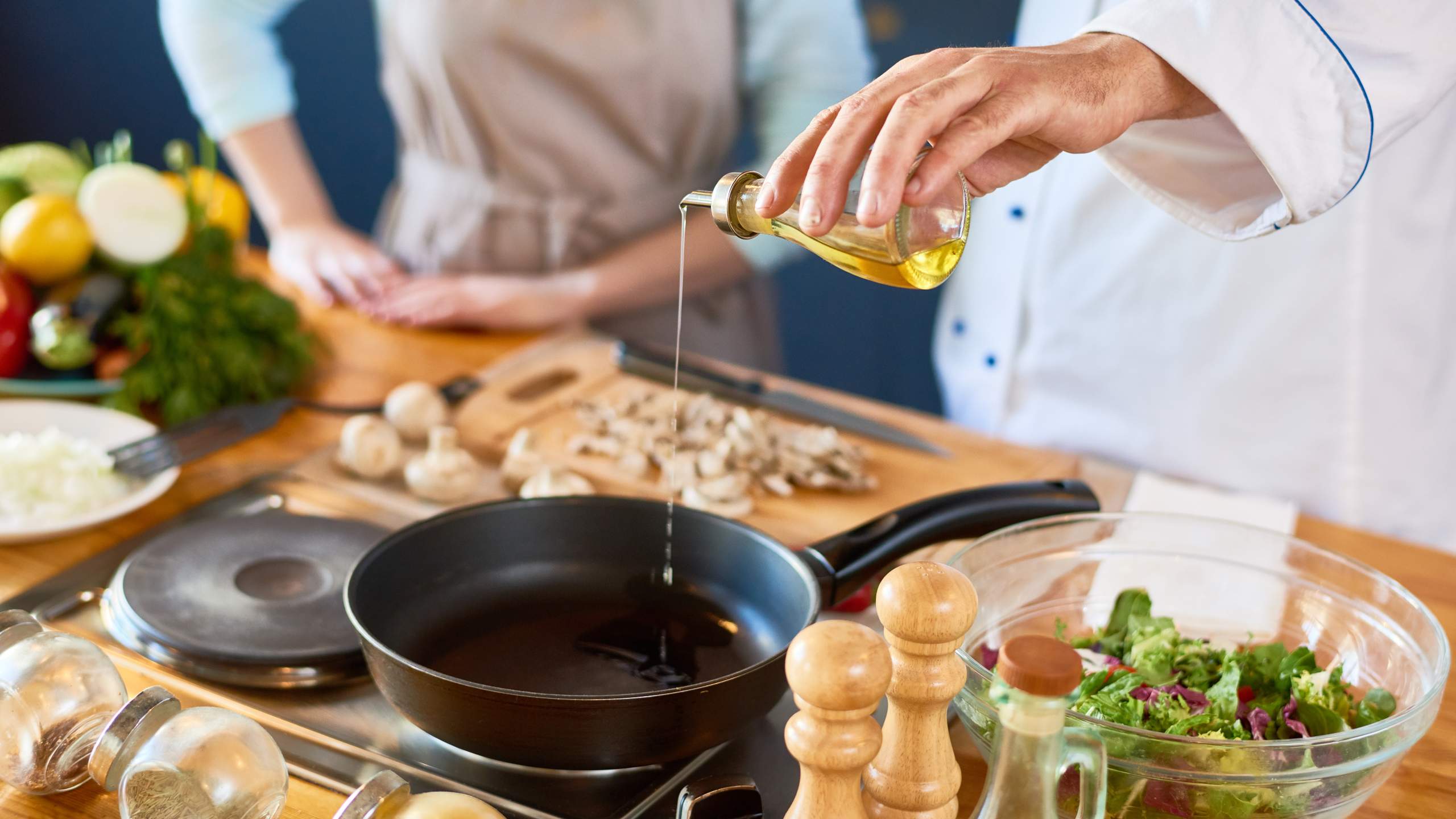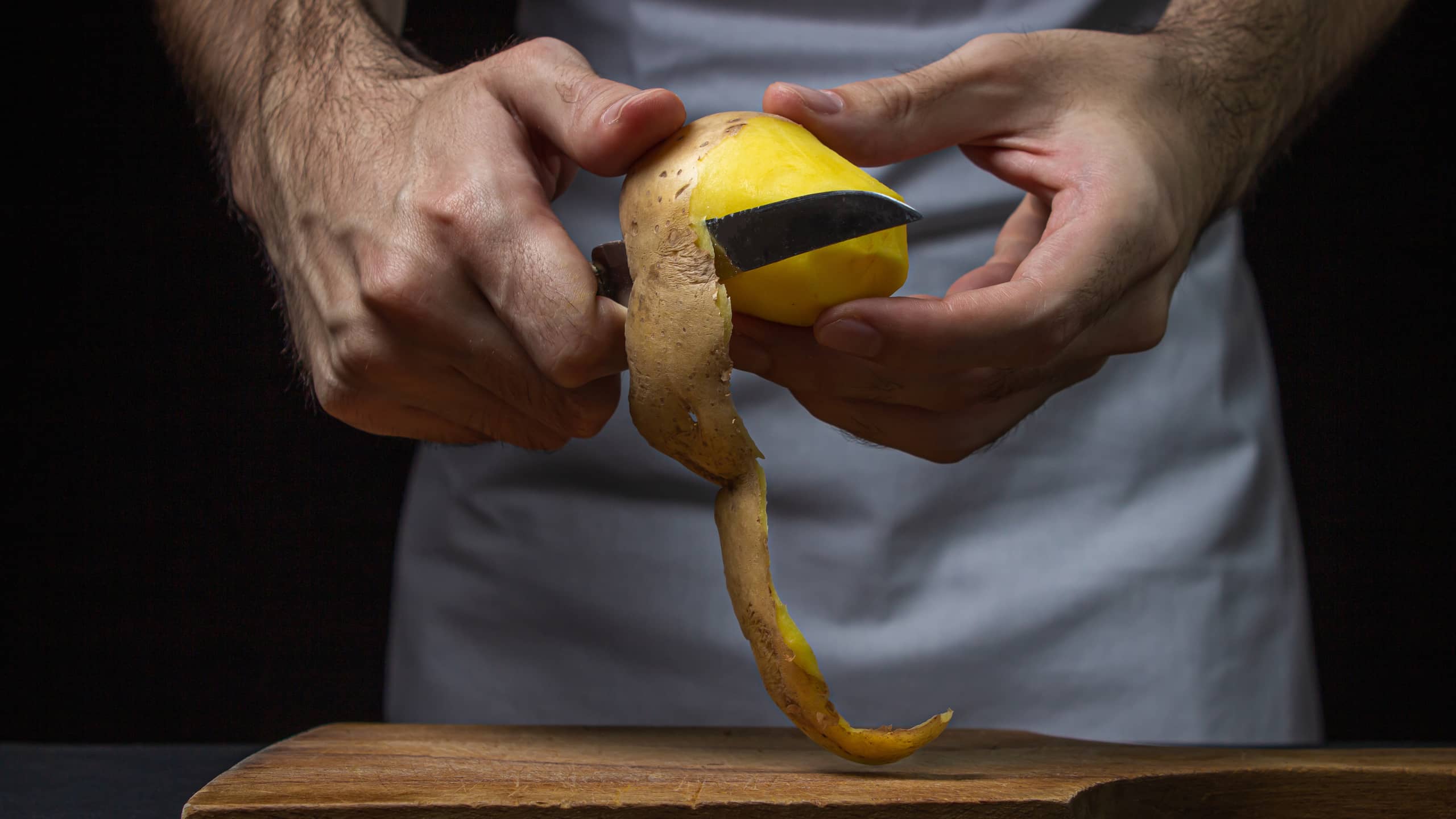Big little things
Do you know the fairytale “The Princess and the Pea”? In the classic tale by Hans Christian Andersen, a small pea symbolizes the big and important things in life. In fact, if you think peas are boring, think again! Peas are very versatile in the kitchen and are loaded with good things.The scientific name of the pea is Pisum sativum, and there are over two hundred varieties. It may not seem so, but the pea is actually a seed! It’s a grain or seed of the pea plant, which makes the peas legumes, or more particularly, pulses.
Peas originated in the Mediterranean Basin and in Asia Minor (which nowadays is mostly Turkey), and the oldest archaeological findings go all the way back to the Neolithic period, to the year 5000 A.C. Initially, peas used to be consumed fresh but, from the 15th century onwards, fresh peas became more of a delicatessen in Europe.
Peas: an entire world of nutrients
They say good things come in small packages, and that is especially true for peas. Mini-sized peas contain vitamins, minerals, and protein, all essential to a healthy diet.
- Poor in fats
A portion of 100 g of peas contains around 67 kcal and less than 1 g of fat. They are therefore an excellent ingredient to include in your cooking.
- Source of fibre and protein
There are 5 g of fibre and 6 g of protein in 100 g of peas. Since peas are one of the pulses with higher protein content, they are considered a protein crop, alongside lupins, beans, and fava beans. - Source of phosphorus, manganese, and potassium
Phosphorus is important for bone health, manganese protects our cells against undesirable oxidation, and potassium is an ally in cardiovascular health, namely in controlling blood pressure. - Source of vitamins C and K, and B complex vitamins
Vitamin C contributes to the correct functioning of the immune system, promotes iron absorption and collagen formation, helping with skin healing. Vitamin K, although not so well-known, plays an essential role in blood clotting and bone health. Additionally, peas are also a source of B-complex vitamins, namely Thiamine (B1) and folic acid (B9). Thiamine regulates the nervous system and the heart, while folic acid is important for the immune system, as well as reducing tiredness and fatigue.
Anatomy of the Pea
Peas are generally green but can also be yellow or purple. They develop inside a pod that typically contains 5 to 7 peas. The pods are edible, especially those of younger peas.
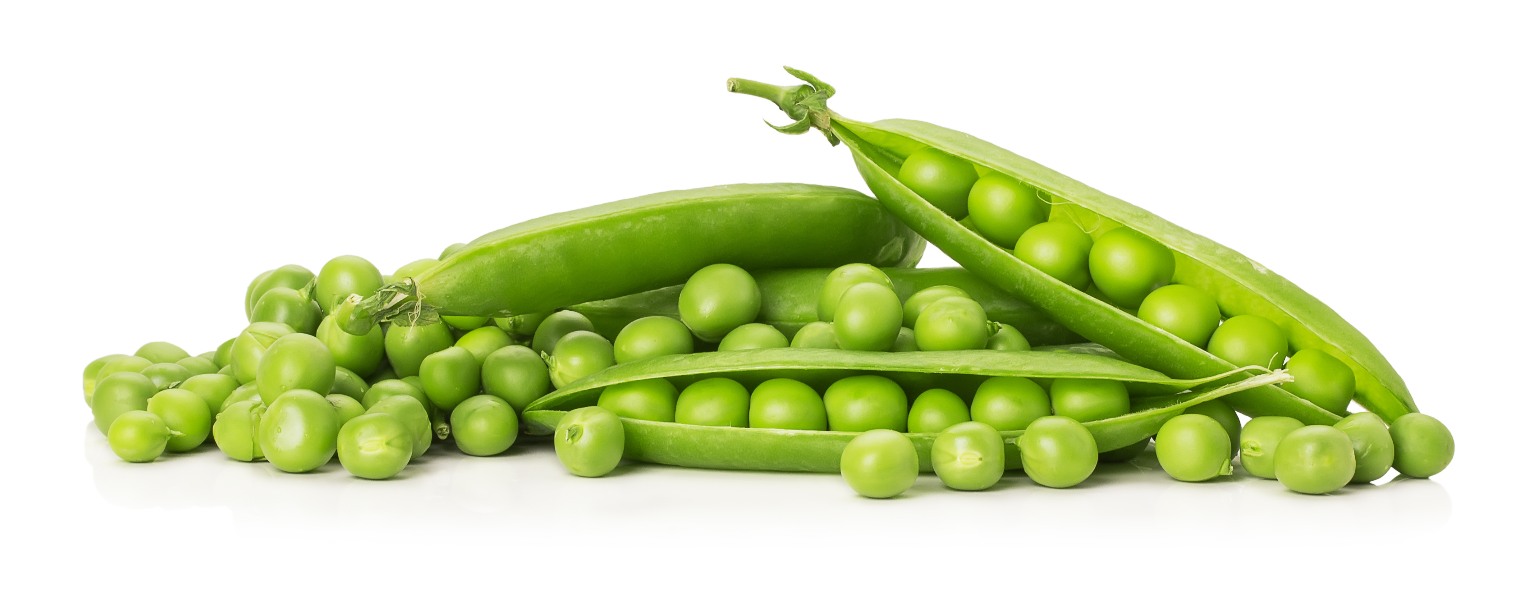
What kinds of peas are there?
In most of Europe, there are three common kinds of peas: snap peas, snow peas, and shelling peas, also called garden peas, or simply peas.
-
Snap peas:
Also called sugar snaps, are younger peas, consumed in the pod. They are crunchy, sweet, and juicy. They are usually found either fresh or frozen, and raw.
-
Snow peas:
They are most often enjoyed in Asian-style stir-fries. They are flatter and shorter, with small seeds. Snow peas can also be consumed raw in salads, for example.
-
Shelling peas:
They are more mature and their pods become fibrous hence they are usually removed from the pod. They are quite common and easy to find, usually pre-cooked and tinned, frozen and even dried – these are the so-called split peas.
Easy-peasy recipe ideas for hap-pea meals
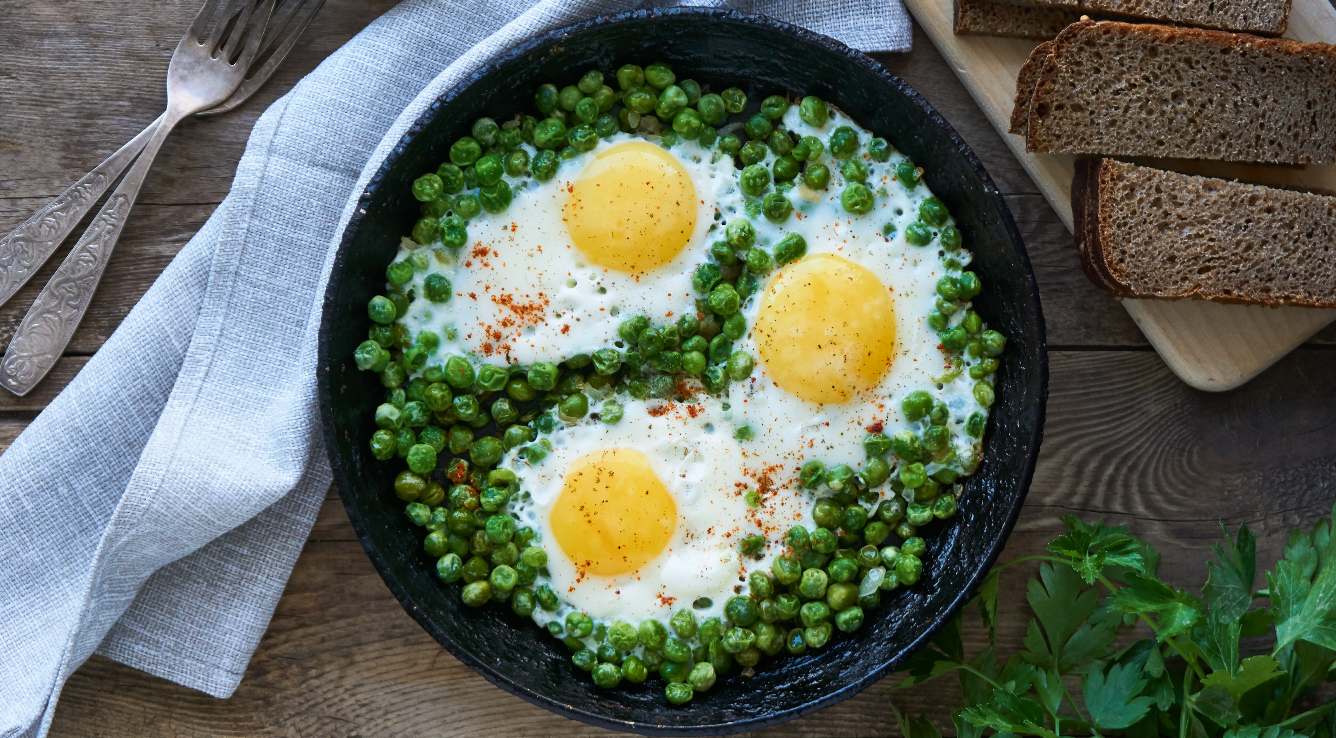
It is possible that, when we talk about peas, your mind wanders to a split pea soup. This delicious dish is a staple in Northern Europe, often made of yellow split peas. In Southern Europe, however, specifically in Portugal, the go-to comfort food with peas is not yellow but a bowl of green peas, sautéed with onions, garlic, and traditional cured meats, seasoned with lots of fresh coriander and topped with poached eggs. Delicious!
Peas are also great for soups, both warm and chilled. Be it a simple creamy pea soup with garlicky croutons, a more elaborate cream of pea with mint, a healthy pea and courgette soup, or even a fun pea soup with poached egg and bacon, there’s a delicious pea soup for every taste.
With warmer temperatures, try a chilled pea soup. It works wonderfully with fresh basil leaves, mint and crumbled feta cheese, or even with avocado and cucumber. Don’t forget that starting your meal with a bowl of soup is a terrific way to include more veggies in your diet.
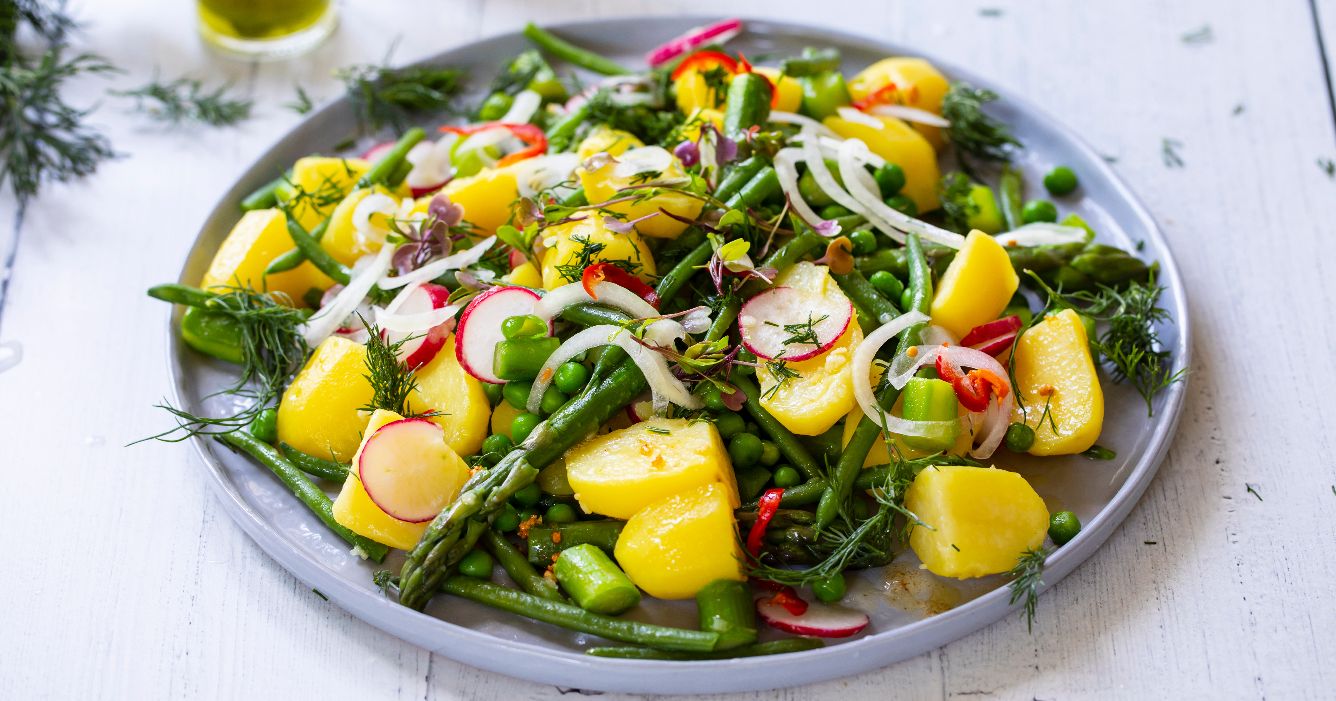
Feeling more like spring flavours? Try a snap pea and mango salad! For an everyday meal, why not add some snap peas to your regular green salad? For a special occasion, however, we recommend venturing with a pea pesto and your pasta of choice.
To include the kids in the wonderful world of legumes and pulses, try a savoury pea and cheese loaf. To go zero waste, use your leftover pea pods in a soup or in a sautéed dish.
And lastly but certainly not least, we propose a colourful dessert idea, which will impress even the most sceptic of guests:
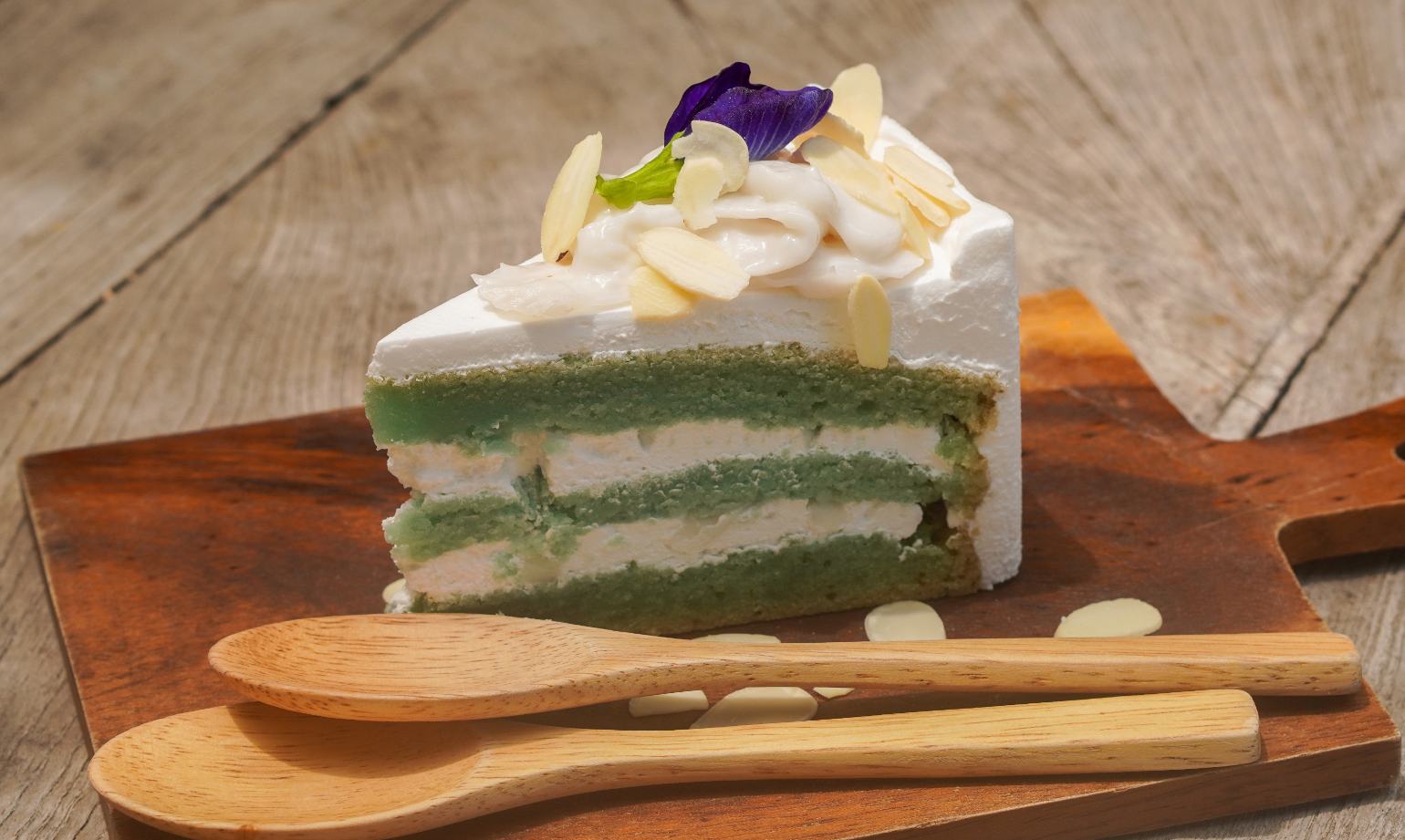
Pea and vanilla cake
Ingredients:
- 275 g fresh or frozen peas
- 200 g butter (room temperature)
- 150 g sugar
- 3 eggs
- 2 tsp vanilla extract
- 250 g wheat flour
- 2 tsp baking powder
- ½ tsp salt
Buttercream (optional):
- 300 g icing sugar
- 1 lemon (juice and zest)
- 150 g butter (room temperature)
Preparation:
- Preheat the oven to 180 °C. Grease and line a 15 cm (for three layers) or a 24 cm cake tin (for two layers).
- Boil the peas, drain, and rinse in cold water. Purée the peas and reserve in the fridge.
- In a large bowl, beat the butter and the sugar until they become fluffy. Add the eggs, one at a time, the pea purée, the vanilla extract, half the lemon juice and half the zest.
- Sift the flour, the baking powder, and the salt, and combine with the purée mix.
- Transfer the batter to the tin, and bake for 35 to 45 minutes, or until a toothpick or skewer comes out clean. If the top of the cake gets too browned, cover it with a piece of aluminium foil.
- Take the cake out of the tin and onto a rack and let cool for 15 minutes.
- Now it’s time for the buttercream. In a large bowl, cream the butter until fluffy. Add the icing sugar and beat. Add the remaining zest and slowly add the lemon juice and continue beating until incorporated. Store it in the fridge.
- Once the cake has cooled, cut it into even-width layers – two or three, depending on the size.
- Spread some of the buttercream on every layer and sandwich them together. Cover your cake with the remaining buttercream and decorate with peas, snap peas, and lemon zest.
Are you finally convinced that peas are not only good for your health, but also an ingredient that can make your recipes even more delicious? If so, include them in your grocery list, and try some of these recipes. A universe of flavour and health awaits!

